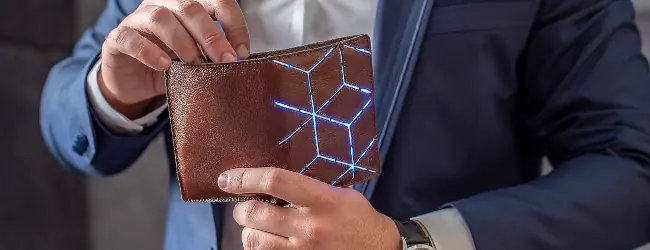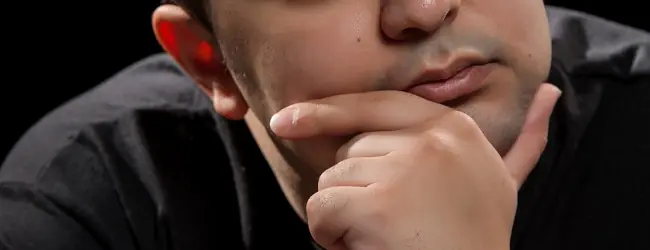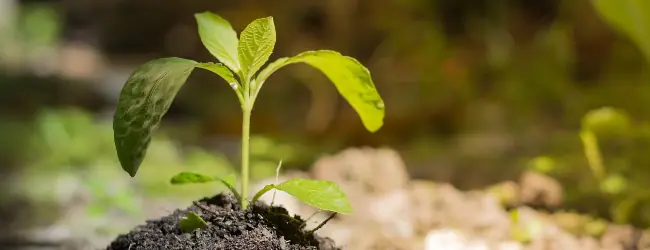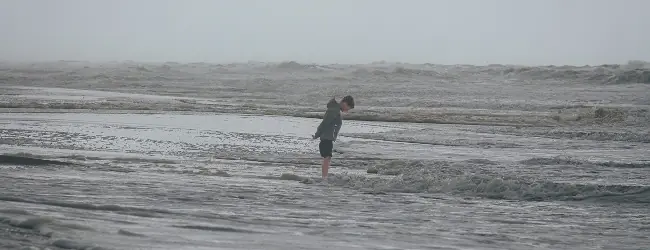I like frugality. Finding a solution other than money makes me happy. By the way, I recently talked about the structure of our subconsciousness. Today, I will explain it from another perspective, so that we can be more frugal and live comfortably with less money.
How to solve our problems with money
Sometimes, we want a way to solve our problems other than money.
Using social resources, such as money, status, human networks, or honors, allows us to solve our problems easily. We can gain abundance by using them and acquiring the power of others. Those social resources are convenient, as long as others can solve the problem.

Perhaps money would be the most convenient social resource. We can buy various things or services.
The problem of focusing too much on money
However, getting money can sometimes be difficult, especially if we have a unique personality and don’t know how to use it effectively. We might not be good at sociality and cannot work the same way as our surroundings.
If we focus too much on money, we tend to feel, “After all, it is a matter of money.” That takes away our hope.
That makes us want a way to solve our problems other than money. We know we can also overcome problems with our creativity. Frugality is one form of creativity. That is why we want a way of thinking that finds alternative solutions.

Today, I will introduce a way to use our subconsciousness to find other levels of solutions. This might give us more solutions and allow us to live more comfortably.
The six subconscious layers for problem-solving
Let’s explain the six subconscious layers. It is a 6-step decision-making process for reconciling social values with our own, as I said in the earlier post (this article).
We can use it to find a solution other than money. There are six types of solutions, as follows:
- (conscious side) [1st layer] Solutions with social resources: We try to find an effective way to secure more social resources, including money. Using social resources will solve the problems easily. We focus on gains and losses. Comparing similar products by quality and price is classified at this level.
- [2nd layer] Solutions with material substitutions: We try to find more affordable substitutes with our creativity. We focus on how to make it from materials. Making things from scratch belongs to this level.
- [3rd layer] Solutions with spiritual substitutions: We try to find reasons that fill us spiritually. For example, we might learn some skills by taking time and effort. We might contribute to something or someone by choosing the more difficult path. Our experience might help people struggling in a similar situation to ours. Trying to contribute to the minority by showing our unique way of life is classified as this layer.
- [4th layer] Solutions by disposing of unnecessary things: We try to dispose of unnecessary things in our lives. We focus on quitting something instead of getting something. Changing our lifestyles eliminates the necessity of solving the problem. Seclusion in the countryside and minimalism belong to this level.
- [5th layer] Solutions by redirecting our goals: We try to find a new goal that suits us. We are honest about the lifestyle we have wanted to live. Changing our direction eliminates the troubles caused by the old way of living. Understanding our personalities comes under this layer.
- (subconscious side) [6th layer] Solutions by changing our inner rules: We face our repressed inner rules. We recognize and resolve the assumptions behind why we mentally resist our ideal life. That frees us from hesitation and makes us start moving in the direction of our lives. If we are empathic and creative, dependence or independence would be options. Feeling death and rebirth would belong to this level.

Solutions that come from deep subconsciousness
The more superficial conscious we are, the more our emotions affect us. For example, when we think about the amount of money, we will feel many emotions, such as fear, excitement, delight, or worry. If we are in the 1st layer, we cannot forgive even the slightest sacrifice or loss.
On the other hand, the deeper the subconscious layers we dive into, the less we feel emotions and have more logical senses. For example, if we are in the 2nd–3rd layer, we will feel hope or doubt rather than excitement or depression. They are less emotional and more logical.

If we are in the 4th–5th layer, we can think calmly, no matter how many sacrifices are required.
Perhaps the 6th layer, the deepest subconsciousness, is the area that is beyond even logic. We will remember our own mistakes or lies to ourselves that we hid. They are neither logical nor emotional. We salvage ourselves. That changes our lives.
We are far from profits or losses when we are in the deeper layers. The advantages and disadvantages don’t matter. It is a matter of being honest with our natures.
In this state, we can move in our direction calmly. That is like a meditational state. Although we dare to head toward the risk, we can think rationally and never be desperate. We can accept all the consequences.
Getting feedback from the deeper mind properly
When we are stagnated, we tend to resist diving into the deeper mind. Perhaps it is because we don’t want to feel disappointed. It is easier to be in the superficial consciousness.
However, if we want a breakthrough, we need to go down to the lower layers. When we are willing to change rather than getting depressed, we can feel our subconsciousness.

Perhaps frugality applies to the 1st–3rd layers. Although it is easy to apply to our lives, it is superficial.
On the other hand, changing our lifestyles or direction in life corresponds to the 4th–6th layers. It is harder to do, but it will change dramatically.
If we want a solution other than money, try going down to the deeper layers. That might give us another opportunity.
Conclusion
That is the way to use our subconsciousness to find other levels of solutions.
If we want a solution other than money, try going down to the deeper layers.
This knowledge might give us more opportunities and a more comfortable life.
Thank you for reading this article. I hope to see you in the next one.


